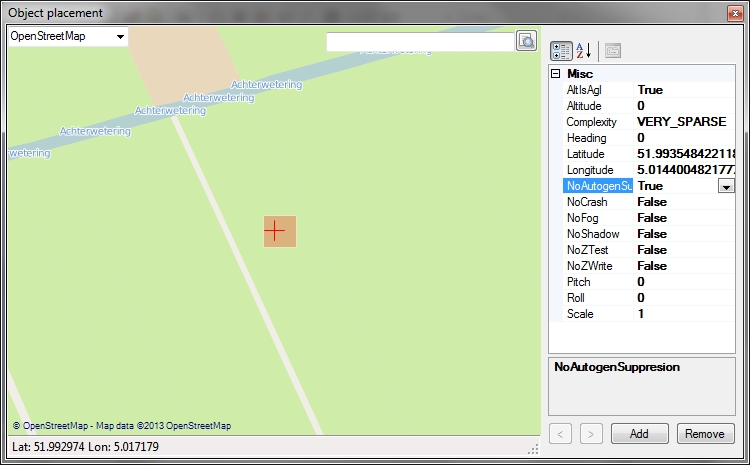In the next ModelConverterX development release there are two big changes that are mainly important for aircraft modellers:
When a custom animation is used in the FSX MDL file that is not defined in the modeldef.xml file that you pointed ModelConverterX to it will no longer be ignored. Instead ModelConverterX will read the animation parameters from the MDL file and add the right XML code to the modeldef.xml file. It does this all in memory so the modeldef.xml file on your disk is not altered by the tool.
Mouse rectangles and now read from and written to FSX MDL files as well. Just as for the custom animations ModelConverterX will first try to find the mouse rectangle definition in the modeldef.xml file and if it does not find the right one, new XML code is added in memory.
In the Hierarchy viewer you see with mouse rectangle is assigned to which part, just as you can see the visibility conditions.
I tried to test these new features as good as possible, but I am no aircraft designer myself. So I am sure you might come across some animation or mouse rectangle that does not work exactly as expected. In that case please let me know.
One other issue you might come across while examining your VC for mouse rectangles is that the ModelConverterX preview becomes slow if you load a complex VC model. For the FSX default models it still works fine, but the much more detailed VC models that come with many of payware aircraft will bring the preview down to a slide show. I am investigation where the performance bottleneck is and hope to fix this in an update soon.
 SceneryDesign.org
SceneryDesign.org  To move around in the ModelConverterX object preview you would use your mouse. With the left button you can rotate the object, with the right button you can pan the object. And with the mouse wheel you can zoom.
To move around in the ModelConverterX object preview you would use your mouse. With the left button you can rotate the object, with the right button you can pan the object. And with the mouse wheel you can zoom. It must have been Murphy’s law, just a day after I left home the server on which this website runs went offline. And remote I could not login anymore to correct the problem. So this site has been offline for a couple of days now.
It must have been Murphy’s law, just a day after I left home the server on which this website runs went offline. And remote I could not login anymore to correct the problem. So this site has been offline for a couple of days now.

